We hope that each of you, our readers, will enjoy and appreciate this article we present about these 3 Awesome Antarctic Land Species. It was certainly our pleasure to gather the information for you. May it provide you with both education and increased awareness.
Certainly, these few species listed herein represent only a portion of the similar marvels found in this area. It’s our belief, though, that they serve as excellent representations of the wonders that exist. Check out some of our other articles for similar marvels.
Gentoo Penguin
Gentoo Penguin Facts
- Leading off this article about these 3 Awesome Antarctic Land Species we present the tantalizing creature known as the Gentto Penguin.
- This gorgeous product of Nature and evolution most often goes by the simple common name we’ve used herein. It does have a few other general titles, though. These include the equally easy terms of the Johnny Penguin, or even just the Johnny.
- Within most scientific circles, however, it’s more typically known by its official name. Thankfully, that’s a relatively easy term for the layperson to pronounce. That’s because this marvel of biology bears the technical moniker of the Pygoscelis papua.
- The animal received that name due to the efforts of the German naturalist, Johann Reinhold Forster. The noted ornithologist accomplished the first formal recognition of the bird as a separate and distinct species. This noteworthy deed occurred in 1781.
- Regardless of which of these one chooses to employ when discussing it, the animal remains an impressive species. It ranks as the third-largest of all known penguin varieties. Four acknowledged subspecies of this natural marvel also currently exist.
- Thankfully, it appears to be maintaining a population base that’s both stable and sufficient. That fortunate fact further seems to hold true throughout the entirety of its native range. The IUCN therefore presently lists it as Least Concern on its Red List.
- Sadly, though, it faces many potential threats to its continued existence. Most of these stem from the actions of mankind. Fishing, hunting, and even recreational activities pose dangers. Its greatest threat, though, likely comes from climate change.
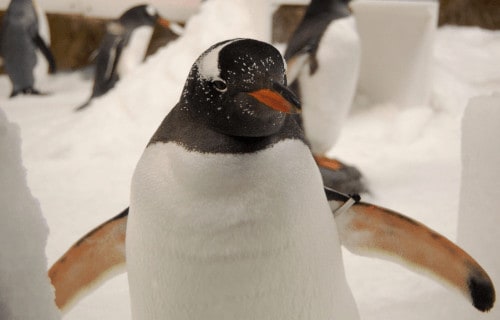
Gentoo Penguin Physical Description
The remarkable Gentoo Penguin never fails to captivate those fortunate enough to encounter it in its native environment. Yet it doesn’t do so merely due to its appearance. That also occurs due to its impressive physical statue, as has already been mentioned.
The beautiful creature also follows the pattern common to many animal species regarding physique. That’s in the fact that it displays a degree of the physiological characteristic of sexual dimorphism. In its case, though, this only appears to a minor extent.
Males of the species attain a greater size than their female counterparts. These usually reach a maximum weight of approximately 19 lb (8.5 kg) prior to moulting. Following that process, however, that measurement frequently drops to as little as a mere 11 lb (4.9 kg).
But the females remain slightly less bulky in their form. These generally grow to a maximum mass equaling roughly 18 lb (8.2 kg). After their moulting process, that usually reduces to about 9.9 lb (4.5 kg). Exceptional individuals nevertheless do sometimes occur.
Otherwise, specimens of both genders of the Gentoo Penguin present the same overall appearance. One combination of features specifically stands out in this regard. That’s the presence of a wide white stripe that extends across the head, and its orange-red bill.
The remainder of the body displays a pattern of coloring typical among its many brethren. It mainly displays black on the back and sides, and white on the stomach. It does, though, show whitish-pink feet, and the most prominent tail of all known species of penguin.
- Kingdom: Animalia
- Phylum: Chordata
- Class: Aves
- Order: Sphenisciformes
- Family: Spheniscidae
- Genus: Pygoscelis
- Species: P. papua
Gentoo Penguin Distribution, Habitat, and Ecology
The intriguing Gentoo Penguin evolved as native to a moderate expanse of the globe. The exact location of this region comes as no great surprise, though. That holds true since this product of eons of development lives in the region now known as Antarctica.
This includes, of course, the peninsula itself. Yet many of them also make their homes on the numerous sub-Antarctic islands prevalent in this part of the world. The largest single concentration appears on South Georgia, itself a member of the Falkland Islands group.
The flightless bird displays strong preferences regarding its choice of habitat type. Surprisingly to many, depsite the prevalence of ice in the cold climate the animal resides in, it typically chooses to live on various surfaces that remain principally free of icy coverings.
These typically consist of regions such as flat, rocky areas. Many choose to live on or around low-hanging cliffs, or even between clumps of grass. In both instances, though, these geographical features most often lie situated within relatively shallow coastal sections.
Like its relatives, the Gentoo Penguin evolved as a carnivorous creature. It primarily feeds on quantities of crustaceans, such as shrimp and krill. They generally supplement this with various species of fish and cephalopod. They also tend to feed quite opportunistically.
After mating, the female almost always lays two eggs. Both parents share in the incubation, alternating daily. Hatching usually takes 34 – 36 days. Seabirds, though, often prey on the eggs or chicks. Adults fall vicitm to sea lions, leopard seals, and orcas in the water.
Antarctic Beech
Antarctic Beech Facts
- Our next choice for inclusion in this listing of 3 Awesome Antarctic Land Species, the Antarctic Beech, is likely the most surprising.
- The distinctive variety of flora best known by the informative common name remains a most remarkable variety of tree. Professional researchers and botanists, however, know it better by its scientific name. That’s the term Nothofagus moorei.
- Regardless of the name one uses for the tree, it possesses an impressive lineage. That’s due to the amazing fact that it actually represents a relic of the ancient Gondwana forests. As such, this wonder of Nature is a truly ancient species of tree.
- The first official recognition of this plant as a species occurred in the year 1866. This came at the hands of the renowned German-Australian botanist Ferdinand von Mueller. But, another Australian botanist, Charles Moore, collected the actual samples.
- For the moment, the IUCN lists the fabulous Antarctic Beech as Vulnerable. This rating appears of the organization’s Red List of Threatened Species. However, that status could quite easily change for the worse in the near future.
- Like many species today, it faces several potential threats to its continued existence. Among those is the danger posed by habitat loss, as man encroaches on its territory. Yet, also like many other species, its greatest threat likely comes from climate change.
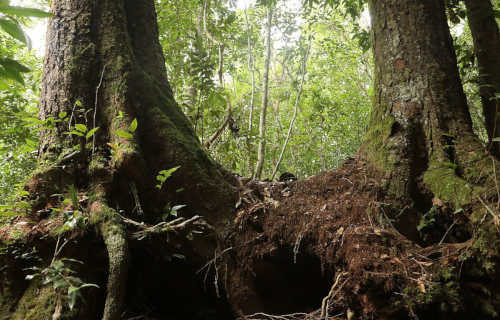
Antarctic Beech Physical Description
Although the magnificent Antarctic Beech truly impresses one, it doesn’t do so due to sheer physical size. That’s due to the fact that, in terms of height, it only ranks as an average specimen. The beautiful flora nevertheless make its mark due to other enviable qualities.
More precisely, this tree attains an average height measuring roughly 80 ft (25 m). But, exceptional individual specimens do occur. These larger-than-average examples of the deciduous species occasionally grow to an upper known limit of 160 ft (80 m) in height.
Regardless of its height, its dark brown trunk ranks as large. That’s at least true in relation to the height of the tree. Among those specimens of average size, this part of the tree achieves a typical diameter of about 3.3 ft (1 m). That ratio approximately extends to all examples.
The leaves of the Antarctic Beech develop as relatively simple in nature. These also reach an average length of 2.4 in (6 cm). In color, this foliage appears a dark green color when mature. But amazingly, when new, this appears as a bright red or orange shade.
The flowers remains small in size. These also appear in numerous small clusters. These also typically develop near the ends of the branches. The fruit additionally develops as a small wood-like structure. Each of these also produces three small nuts.
- Kingdom: Plantae
- Phylum: Tracheophytes
- Class: Angiosperms
- Order: Fagales
- Family: Nothofagaceae
- Genus: Nothofagus
- Species: N. moorei
Antarctic Beech Distribution, Habitat, and Ecology
Somewhat notably, the name of the Antarctic Beech remains quite deceptive. That’s because it does not live in Antarctica. It does, however, appear in a region of the globe well known for its incredible abundance of life, in all forms, including plants.
That holds true since the beautiful flora actually lives on the continent of Australia. Sadly, though, it only appears on a very small section of the continent. More precisely, the tree inhabits a region that covers a small section of New South Wales and Queensland.
Even within that already limited range, it possesses very specific requirements for its choice of habitat, though. In point of fact, it only develops in areas of cool to temperate forests. It also solely lives at altitudes between 1,575 – 5,167 ft (480 – 1,550 m).
Interestingly, the Antarctic Beech appears to reproduce by both seeds and via the actions of suckers. That’s most unusual among related species. Presently, it remains undetermined just which creatures aid in the pollination of its delicate flowers.
Yellow-Eyed Penguin
Yellow-Eyed Penguin Facts
- Placing in the final spot in this collection of 3 Awesome Antarctic Land Species, the Yellow-Eyed Penguin does so only due to random selection.
- The descriptive term clearlyrepresents the most frequently used common name for this remarkable avian for obvious reasons. The gorgeous flightless bird does have a few other general titles, though. Those include the terms tarakaka and hoiho.
- Most notably, but truly unfortunately, the fully stunning creation of Nature and evolution holds a very special status. That holds true due to the lamentable fact that the beautiful animal now ranks as one of the rarest varieties of penguin in the world.
- Regardless of its scant numbers, however, this amazing creature does have one thing working in its favor. The amazing bird actually has one of the longest natural lifespans of any related species. Individuals have the ability to live more than 20 years.
- Sadly, though, few individuals succeed in reaching this age, due to a wide variety of reasons. Unpleasantly, many of these reasons do not represent part of its natural environment. Yet these remain the same as those many species now face.
- More specifically, the animal principally faces two threats in particular. The primary threats that the magnificent creature faces include habitat degradation, for one. But the marvel also suffers from the introduction of non-native predators.
- Lamentably, due to all these factors, it now has a very small estimated remaining population. This consists of fewer than 4,000 individuals. Quite understandably, because of this sad state of affairs, the IUCN now lists it as Endangered on its Red List.
Yellow Eyed Penguin Physical Description
The magnificent Yellow Eyed Penguin certainly captures the attention and imagination of those who encounter it. It typically does so, however, largely because of its distinctive appearance. Rarely does size play a role in this, because in that respect it’s roughly average.
It does follow one pattern that’s quite common among its many relatives, though. That’s in the fact that it displays a certain amount of the physiological characteristic of sexual dimorphism. In its particular case, this trait manifests itself in terms of physical dimensions.
That’s due to the fact that males of the remarkable avian attain a greater average size than their female counterparts. As a general rule, though, the difference remains slight. Intriguingly, for undetermined reasons, males also tend to have a longer lifespan the females.
Overall, individuals of the aptly-named Yellow Eyed Penguin normally reach heights measuring between 24 – 31 in (62 – 79 cm). The weights tend to vary significantly, though, depending on the time of year. In general, this ranges between 6.6 – 18 lb (3 – 8 kg).
Its most distinguishing feature is obviously its eyes. These develop as bright yellow, and clearly serve as the inspiration for the name. Added to this uniqueness, however, is the black back, pale yellowish head, and a multi-colored beak with a randomly varying patterns.
- Kingdom: Animalia
- Phylum: Chordata
- Class: Aves
- Order: Sphenisciformes
- Family: Spheniscidae
- Genus: Megadyptes
- Species: M. antipodes
Yellow Eyed Penguin Distribution, Habitat, and Ecology
Unfortunately, the fabulous Yellow Eyed Penguin evolved as endemic to only a severely limited section of the world. It’s a region of the globe well known for other wonders. The precise location of that zone of habitation will probably surprise a few people, though.
Remarkably, this marvel of evolution only lives in selected portions of the the country of New Zealand. This area includes South Island, but only the southeastern portion. It also appears on parts of the islands of Auckland and Campbell, and coastal areas of Stewart.
It also evolved decidedly strong preferences regarding its choice of habitat. Most examples prefer to make their homes in regions comprised largely of either forest or scrub. It further displays a fondness for gentle slopes, the shore itself, or in small bays and headlands.
Again following the pattern shared by its relatives, the Yellow Eyed Penguin developed as a pure carnivore. Its diet primarily consists of small fish it catches near the seafloor. It does, however, occasionally augment this with various smaller cephalopods that it catches.
Breeding typically takes place in August, with eggs being laid in September. A brood almost always includes two eggs. These typically require 39 – 51 days to hatch. Both parents share the duties of caring for the eggs and foraging for food after they hatch.
3 Awesome Antarctic Land Species

We hope that each of you enjoyed reading, and hopefully learning from, this article we’ve written about these 3 Awesome Antarctic Land Species. It’s also our hope that doing so has left you with either a new or renewed appreciation for such wonders of Nature.
Unfortunately, however, many other species around the world now find themselves facing strong threats to their continued existence. Many of those dangers, in fact, stem from the actions of mankind. We must do all we can to protect and preserve them all.
Check out our other articles on 5 Amazing Moths of Asia, Earth’s Many Stunning Waterfalls, 5 Marvelous Plants of Maine, North American Gulches and Canyons
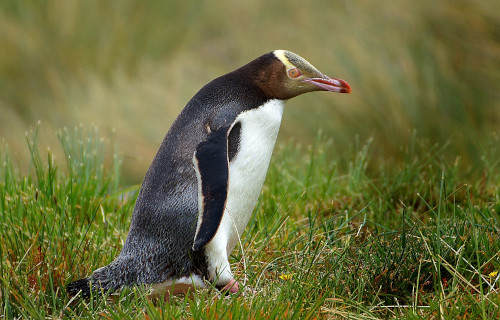
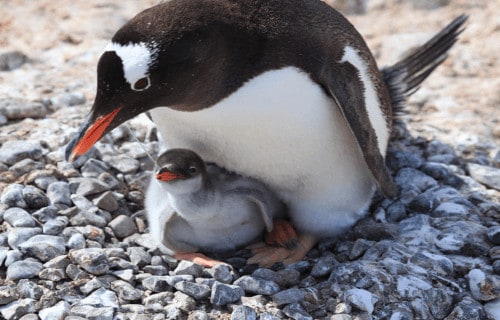
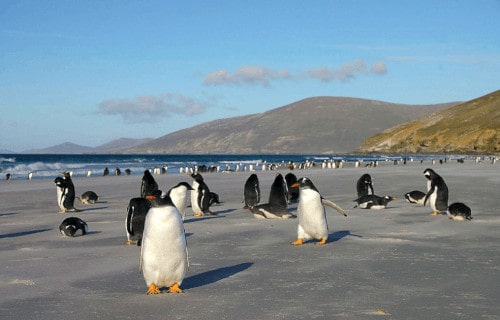
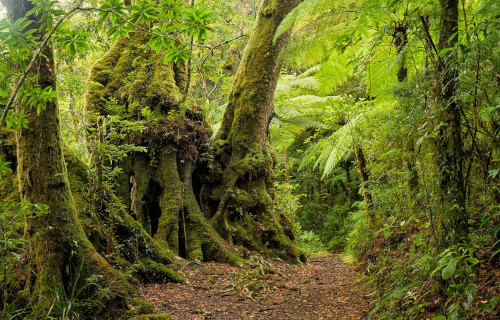
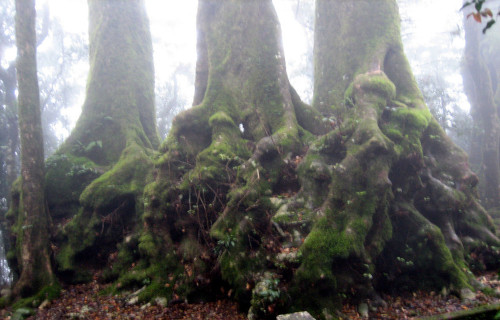

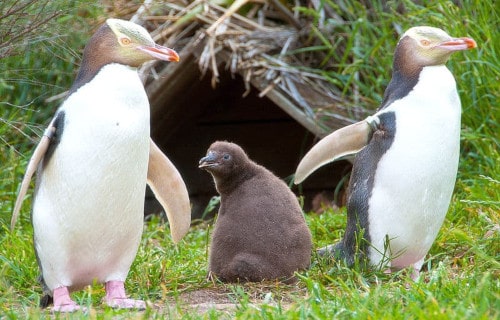









Leave a Reply